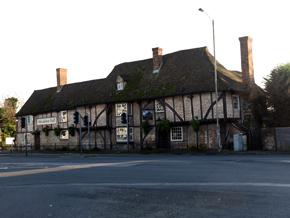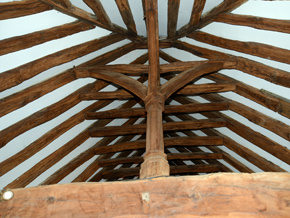Building Pathology – Timber Decay
Dry Rot
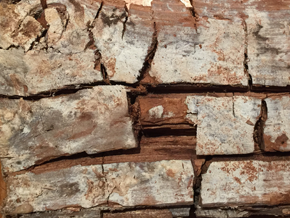
We have a wide experience in providing advice to clients on how to deal with dry rot, wet rots, beetles and other areas of building pathology. We use various techniques to ascertain the sources, amount and distribution of moisture within in the building fabric. We identify and assess the fungus’s or insects level of activity, and its potential to cause further damage when the remedial works have been completed. We provide recommendations and write specifications, which will ensure the causes of moisture penetration are rectified and that the building is sufficiently dried before occupation. Any decay organisms that would potential cause a future risk to the building are identified and specific recommendation for their control or eradication are stated.
Common Furniture Beetle
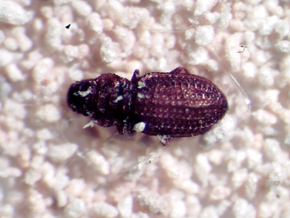 By undertaking a full assessment and scientific approach we are able to provide long-term solutions which are based on environmental modification. The first issue to be ascertained is whether the current fungal or beetle attack is in fact a current problem. There are many cases in historic buildings where fungal and insect attack is actually dead or has very limited ability to cause any significant damage to the remaining durable heartwood. In many cases the fungus or beetle has long since gone but evidence of decay of the susceptible sapwood remains and is incorrectly identified as a reason for expensive treatments and loss of fabric.
By undertaking a full assessment and scientific approach we are able to provide long-term solutions which are based on environmental modification. The first issue to be ascertained is whether the current fungal or beetle attack is in fact a current problem. There are many cases in historic buildings where fungal and insect attack is actually dead or has very limited ability to cause any significant damage to the remaining durable heartwood. In many cases the fungus or beetle has long since gone but evidence of decay of the susceptible sapwood remains and is incorrectly identified as a reason for expensive treatments and loss of fabric.
Beetle Bore Dust
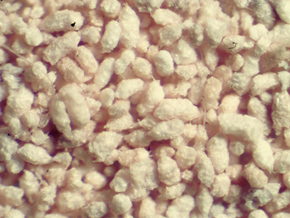 Fungi and beetle infestations require a certain level of moisture, and by reducing the moisture content the fungi dies and insect infestations are controlled. This green and environmentally friendly approach minimises the extent of remedial treatments and significantly reduces the use of chemicals in buildings. We usually find cost effective solutions to correct moisture sources and reduce the risk of future decay.
Fungi and beetle infestations require a certain level of moisture, and by reducing the moisture content the fungi dies and insect infestations are controlled. This green and environmentally friendly approach minimises the extent of remedial treatments and significantly reduces the use of chemicals in buildings. We usually find cost effective solutions to correct moisture sources and reduce the risk of future decay.
Dry Rot Mycelium
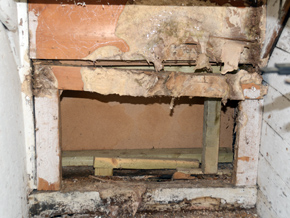 Every year many millions of pounds are spent on unnecessary remedial damp and insect treatments. Many companies that specialise in damp and timber control also undertake the remedial works and their surveyors are employed on a commission basis, and therefore a minimal approach to remedial works with limited use of chemicals has little appeal to them. Where we have identified that treatment is found to be necessary we do not specify unnecessary blanket treatments, but show the areas of activity where a targeted use of insecticide is required.
Every year many millions of pounds are spent on unnecessary remedial damp and insect treatments. Many companies that specialise in damp and timber control also undertake the remedial works and their surveyors are employed on a commission basis, and therefore a minimal approach to remedial works with limited use of chemicals has little appeal to them. Where we have identified that treatment is found to be necessary we do not specify unnecessary blanket treatments, but show the areas of activity where a targeted use of insecticide is required.
Recent Damp & Timber Surveys
Pengersick Castle Praa Sands Cornwall
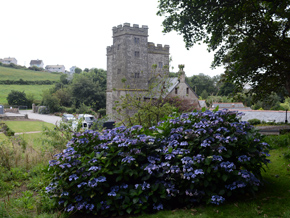
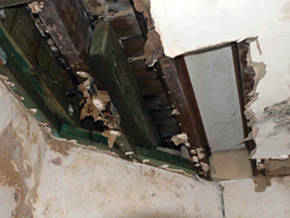
Chepstow Castle Chepstow Monmouthshire
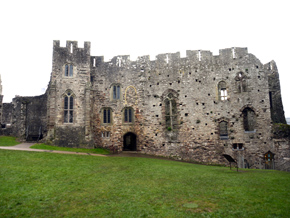
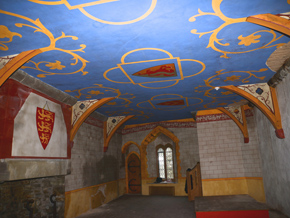
Boseglos Lostwithiel
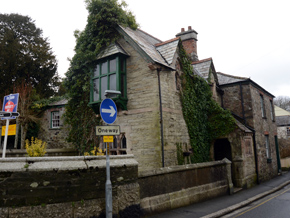
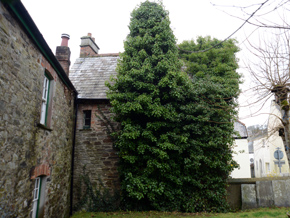

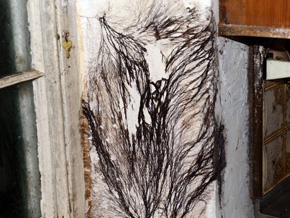
The Wealden Maidstone Kent
